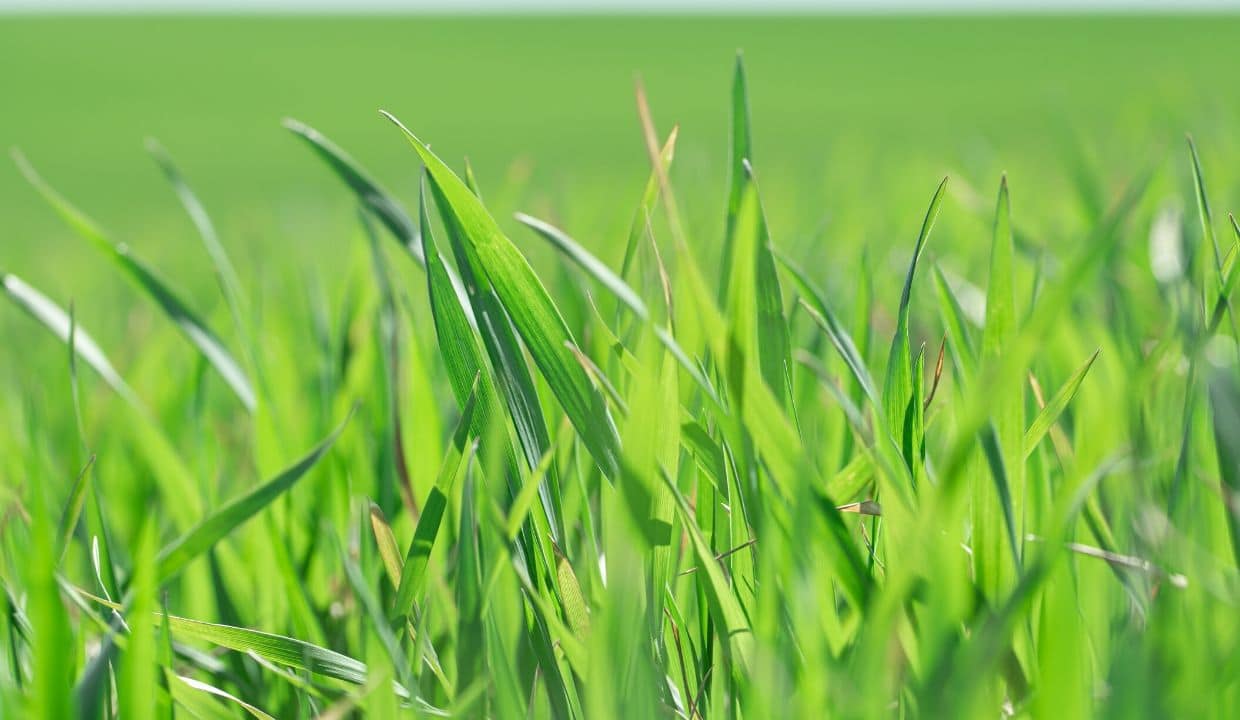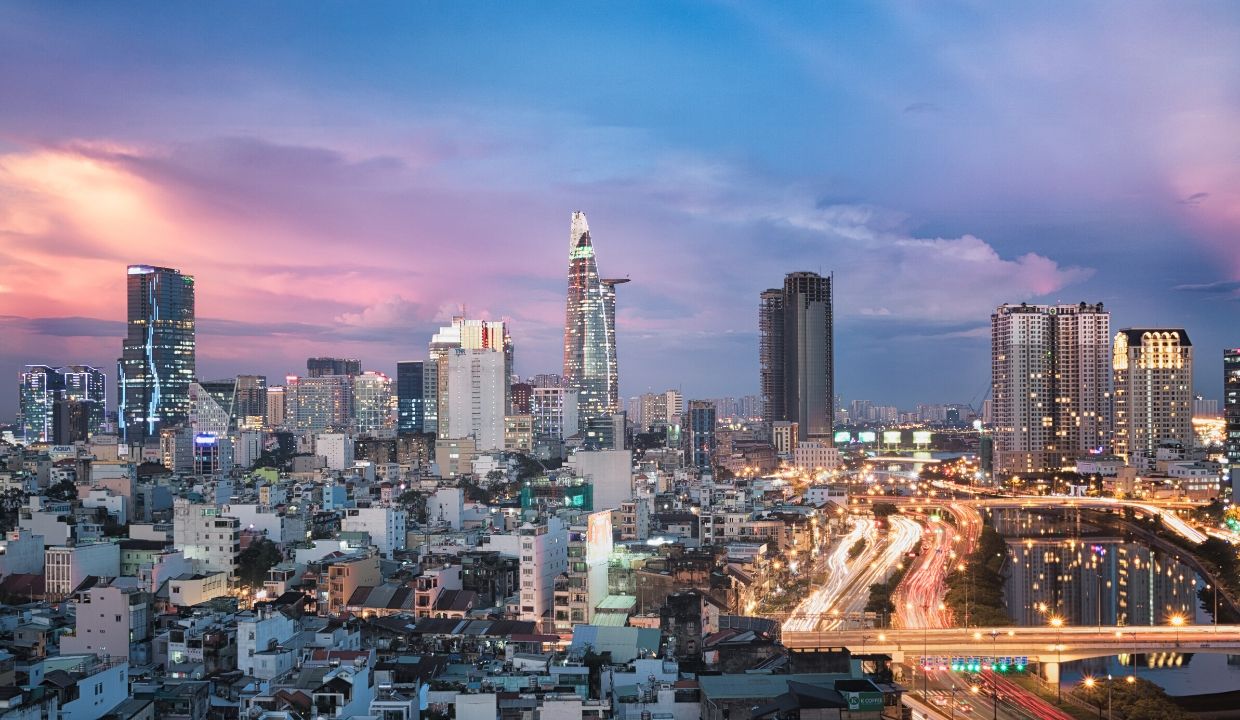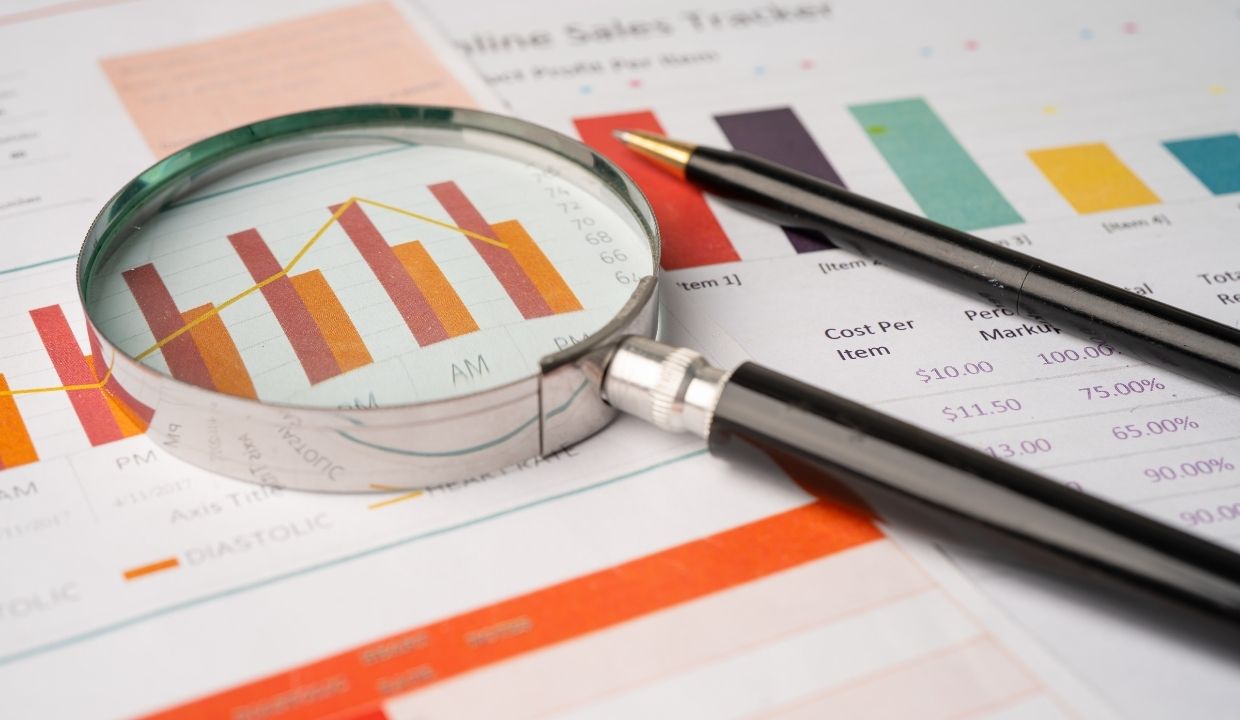Among many economic sectors in Vietnam, agriculture has always been a traditional and long-standing industry.
Vietnam now has 10.3 million hectares of arable land, majority of which is used for export. The exported agricultural products in Vietnam accounts for about 20% of Vietnam’s total export value. According to data from the General Statistics Office, the total export turnover of the whole sector in 2014 was around 30.86 billion USD, increased 11.2% compared to 2013. The sector’s trade surplus is estimated at $ 9.5 billion which increased 7.7% compared to 2013. Most of the exported products increased compared to 2013, such as: seafood products reached 7.92 billion US dollars; total value of wood and wood products was 6.54 billion; Coffee reached $ 3.6 billion; vegetables reached 1.47 billion USD; Pepper’s value was $ 1.2 billion; cashew nuts reached $ 2 billion.
Foreign investors today are looking for opportunities in Vietnam. When the Economic Partnership Agreement Trans-Pacific Strategic (TTP) was signed, there have been more exporting opportunities for Vietnam agricultural products. According to a study in 2014 of the United States Department of Agriculture, Vietnam should make use of “potential commercial development of agriculture” due to the implementation of the TPP agreement. Coffee and rubber has “received enough” benefits from the last trade agreements, TPP would probably be not much beneficial to these groups. However, rice, cassava, pepper, processed foods, and honey will have more opportunity to export, while meat, dairy, and fruits are likely to suffer from the greater competitiveness since US will increase to export these products to Vietnam.
The equitization of large state-owned enterprises in Vietnam from the Decree 37 of 2014 have had huge influence in the agricultural sector. The government planned to withdraw 3.2 trillion VND (150.6 million dollars) from 167 enterprises of the Ministry of Agriculture & Rural Development (MARD). In 2014, the Government has executed equitization 776.2 billion (36.5 million dollars) from 28 member enterprises of Vietnam Rubber Group (VRG), and 54 billion (2, 5 million dollars) from the Southern Food Corporation, reaching 17% of targeted equitization. Also in 2014, the Ministry of Agriculture and Rural Development has also executed equitizationof Agriculturaland Rural Development Corporation, National Fisheries Vietnam, Vietnam Tea Corporation, Agricultural products and Fruit Corporation, Vietnam National Forestry Corporation, Southern Food Corporation, and Vietnam National vegetablesCorporation.
Ministry of Agricultural and Rural Development maintains the level of investment of 3.6 trillion VND (167.6 million dollars) in 13 corporations and companies as well as continue equitisationof Forestry Corporation, General AgriculturalCorporation, 3 units of the Vietnam Rubber Corporation, 7 units of the General Southern Food Corporation, and 5 units of the Vietnam coffee Corporation. This will be a good opportunity for investors to select opportunities for themselves in the future.
In addition to these opportunities, Agricultural industryhas been facing some challenges which include uncompetitive technology, poor infrastructure, poor labor skills, and low quality of exported products; also the environmental challenges such as climate change, the rise of sea levels, deforestation and soil erosion. According to the world Wide Fund for Nature (WWF), Vietnam had lost 43% of forest cover from 1973 to 2009.
However, the Government of Vietnam has been taking steps to improve agricultural industry seriously, seeking methods to protect environment and increasing investment in infrastructure, including roads and irrigation system. Vietnam’s government has been working with other governments, especially Japan and South Korea, to encourage the exchange of technology to help Vietnam’s export become more competitive. The government has also increased investment in agricultural science at the University and industrial leaders. More than 10,800 scientists have been working in the agricultural sector, with over 1 trillion VND (46.9 million dollars) annually is spent on scientific research and technology transfer through MARD. This amount accounts for more than 1/3 of the total state budget for scientific research and technology transfer.
It can be seen, there has been a huge opportunity for growth and investment in Vietnam’s agriculture. However the remaining restrictions are also very challenging, requiring the innovation of enterprises in the industry from technology to management, which put Vietnam agriculture sector become more potential for investment in the future.
Finding the right business partner in Vietnam is also important. We recommend doing research on the reputation of the company and individual shareholders, corporate or individual, gathering publicly available company information, and performing background checks on key personnel to find potential risks in cooperation. Working with a reliable partner can help achieve economic benefits, saving time and money in business.
How ANT Consulting Could Help Your Business?
Please click here to learn more about ANT Consulting or contact our lawyers and consultants in Vietnam for advice via email ant@antconsult.vn or call our office at +84 28 730 86 529







